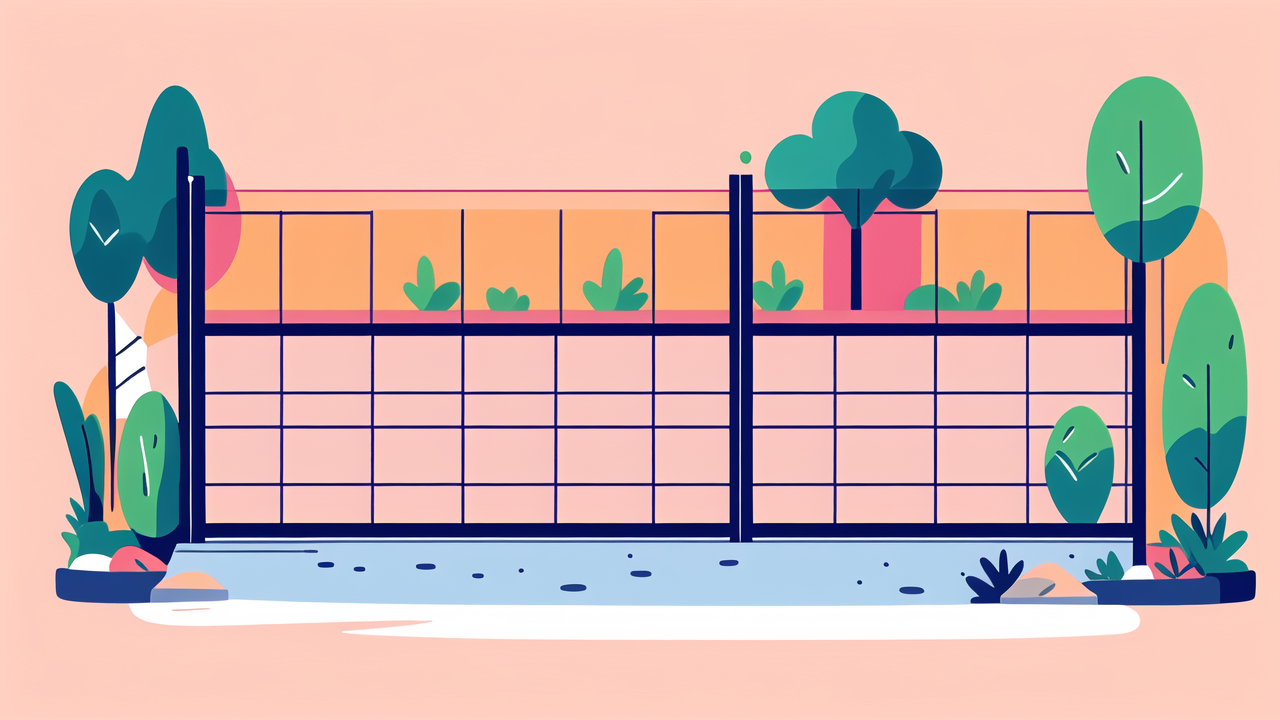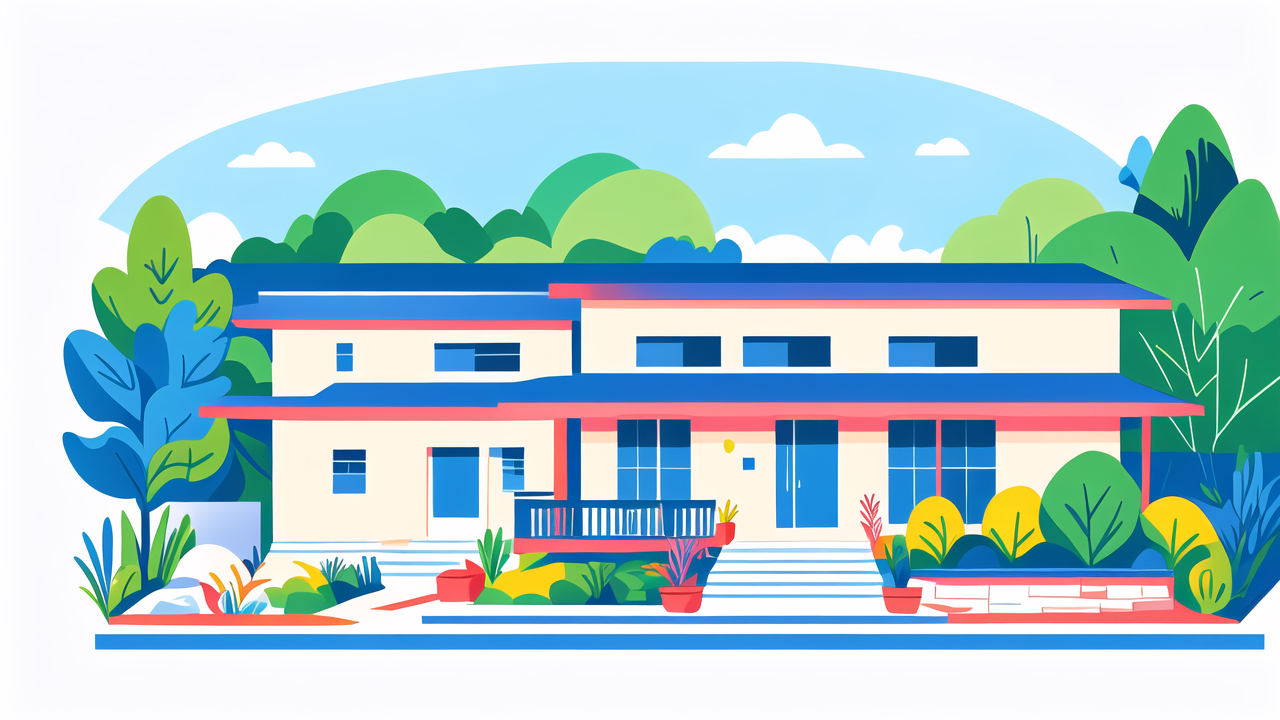Understanding Composite Garden Fences: Materials and Construction
The Basics of Composite Materials in Garden Fencing
Composite garden fences are a modern solution for homeowners seeking durability and style. These fences blend wood fibers and recycled plastics. The result is a strong, long-lasting material that mimics wood's look. Composite fences resist rot, insects, and weathering better than traditional wood. They come in various colors and textures to suit any garden style.

The main components of composite fences are wood fibers and plastic polymers. Manufacturers often use recycled materials, making them eco-friendly. The wood fibers give the fence a natural look and feel. The plastic provides strength and weather resistance. This combination creates a fence that's both attractive and long-lasting.
The Process of Creating Durable Composite Fences
Creating composite fences involves several steps. First, manufacturers mix wood fibers and plastic polymers. They heat this mixture to form a consistent material. Then, they mold the material into fence panels or boards. The molding process can create various textures and patterns. This mimics the look of natural wood grain.
After molding, the fence parts cool and harden. Manufacturers may add UV stabilizers and color pigments. These additives enhance the fence's weather resistance and appearance. The final product is cut to size and shaped for easy installation. Quality control checks ensure each piece meets durability standards.
Design and Installation of Composite Garden Fences
Selecting the Right Style for Your Garden
Choosing the right composite fence style is crucial for your garden's look. Consider your home's architecture and your garden's design. Composite fences come in many styles, from traditional to modern. Some popular options include:

- Privacy fences: Solid panels for maximum seclusion
- Picket fences: Classic look with spaced vertical boards
- Lattice-top fences: Combine privacy with decorative upper sections
- Post-and-rail fences: Open design for a rustic feel
Color is another important factor. Composite fences offer a range of hues. You can choose natural wood tones or bold colors to match your home. Some fences even have two-tone designs for added visual interest. Think about how the fence will complement your plants and outdoor decor.
Step-by-Step Installation: Tips and Tricks
Installing a composite garden fence can be a DIY project or professional job. Here's a basic overview of the process:
- Plan your fence layout and mark post locations.
- Check local building codes and get necessary permits.
- Dig post holes to the required depth.
- Set posts in concrete and ensure they're level.
- Attach fence panels or boards to the posts.
- Install caps and any additional hardware.
For DIY installation, follow the manufacturer's instructions closely. Use the right tools and safety equipment. If you're unsure, consider hiring a professional. They can ensure proper installation and save you time.
Some tips for successful installation:
- Allow for ground slope when setting posts.
- Use a string line to keep the fence straight.
- Leave small gaps between boards for expansion.
- Apply sealant to cut ends to prevent moisture damage.
The Advantages of Composite Garden Fences in the United States
Long-Lasting Beauty and Maintenance
Composite garden fences offer long-lasting beauty with minimal maintenance. Unlike wood, they don't need regular painting or staining. This saves time and money over the fence's lifespan. Composite fences resist fading, warping, and cracking. They maintain their color and shape for many years.

Cleaning composite fences is simple. A gentle soap and water solution is usually enough. For tougher stains, use a soft brush or cloth. Avoid harsh chemicals or pressure washing, as these can damage the surface. With proper care, a composite fence can look great for decades.
Composite fences also resist pests like termites and woodpeckers. This means no need for chemical treatments or repairs. In areas with harsh weather, composite fences stand up well to rain, snow, and sun. They don't rot or splinter like wood, making them safer for families and pets.
Enhancing Property Value with High-Quality Fencing
Installing a composite garden fence can boost your property's value. It adds curb appeal and improves overall aesthetics. Potential buyers often see it as a valuable upgrade. The low-maintenance aspect is especially appealing to many homeowners.
Composite fences are a smart investment for several reasons:
- Long lifespan reduces replacement costs
- Low maintenance saves time and money
- Consistent appearance enhances property look
- Durability provides peace of mind for buyers
In the United States, where outdoor living is valued, a quality fence matters. It defines property lines and creates private outdoor spaces. Composite fences offer this functionality with added style and durability. They complement landscaping and outdoor features like patios and pools.
When choosing a composite fence, consider brands like AMA ATS98L. These high-quality options offer superior performance. They often come with warranties, adding value to your investment. A well-chosen composite fence can be a selling point if you decide to move.
In conclusion, composite garden fences offer a perfect blend of durability and aesthetics. They provide long-lasting beauty with minimal upkeep. From easy installation to property value enhancement, these fences are an excellent choice. For American homeowners seeking a reliable, attractive fencing solution, composites are hard to beat.
